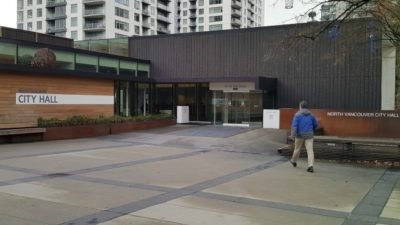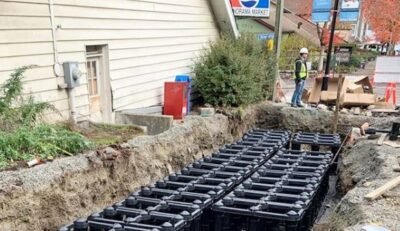The BC Centre for Disease Control (BCCDC) is advising people who use drugs to get trained in overdose response and pick up a Take Home Naloxone kit, regardless of how they choose to consume, after new research reveals that people who smoke or snort drugs are half as likely to carry life-saving naloxone medication as those who inject.
“We are dealing with a toxic illegal drug supply. Having a kit and knowing how to use it can save a life. In fact, we know that thanks to the heroic efforts of so many, thousands of lives have been saved,” said Judy Darcy, Minister of Mental Health and Addictions. “My heartfelt thanks to everyone who works tirelessly on the frontlines to train, teach and administer Naloxone.”
The warning stems from results of a 2018 survey of people who use drugs in B.C. and research published recently in the journal ‘Drug and Alcohol Dependence’.
The survey, conducted by the harm reduction team at the BCCDC, found that people who reported smoking or snorting drugs as their preferred method of drug use were half as likely to carry naloxone as those who preferred injecting.
This was true even after taking several factors into account including gender, age, and type of drug used.
The unpredictability of the street drug supply puts people at risk.
Data in B.C. show that people who smoke or snort opioids are experiencing overdoses and dying. While uncommon, there have also been reports of fentanyl-related deaths among people using stimulants, such as cocaine and methamphetamine.
“Even tiny amounts of fentanyl can lead to a life-threatening overdose for a person who does not use opioids regularly,” said Dr. Jane Buxton, harm reduction lead for the BCCDC. “The street drug supply is highly toxic. Thankfully naloxone is widely available for people who use drugs and those who are likely to witness an overdose.”
The BCCDC is also advising anyone who is around people who use drugs and who may witness an overdose to get trained and get a kit so they can respond.
Take Home Naloxone kits are available free of charge at hundreds of locations across the province and can be found using the site finder on Toward The Heart.
The BCCDC consulted with people with lived experience of substance use, also known as peers, through its provincial peer advisory committee.
“Due to prohibition, the content of substances on the street are unknown, unpredictable, and toxic with high possibility of fentanyl contamination,” said Charlene Burmeister, a member of the committee. “Anyone who uses is at risk – whether they smoke, snort, swallow, or inject. By carrying naloxone you could save someone’s life. Don’t wait until it’s too late.”
The 2018 Harm Reduction Client Survey involved 486 people from across B.C.
Almost two-thirds of survey respondents reported possessing a naloxone kit, up from only 17 per cent in 2015.
The BCCDC, with funding from the Provincial Health Services Authority, has been running the province’s Take Home Naloxone program since 2012. The program was expanded in 2016 in response to the overdose crisis and public health emergency.










Comments
NOTE: The North Shore Daily Post welcomes your opinions and comments. We do not allow personal attacks, offensive language or unsubstantiated allegations. We reserve the right to edit comments for length, style, legality and taste and reproduce them in print, electronic or otherwise. For further information, please contact the editor or publisher, or see our Terms and Conditions.